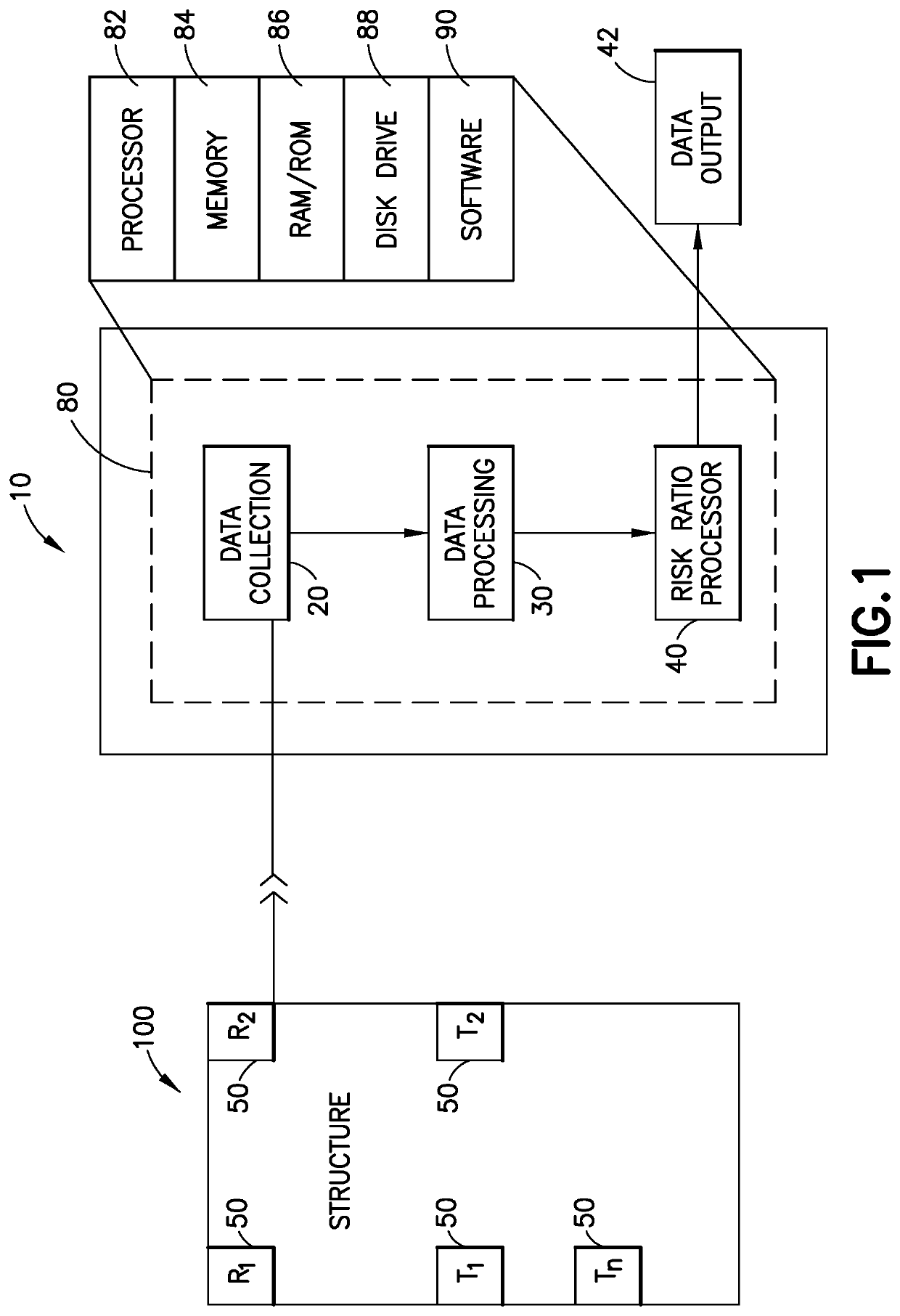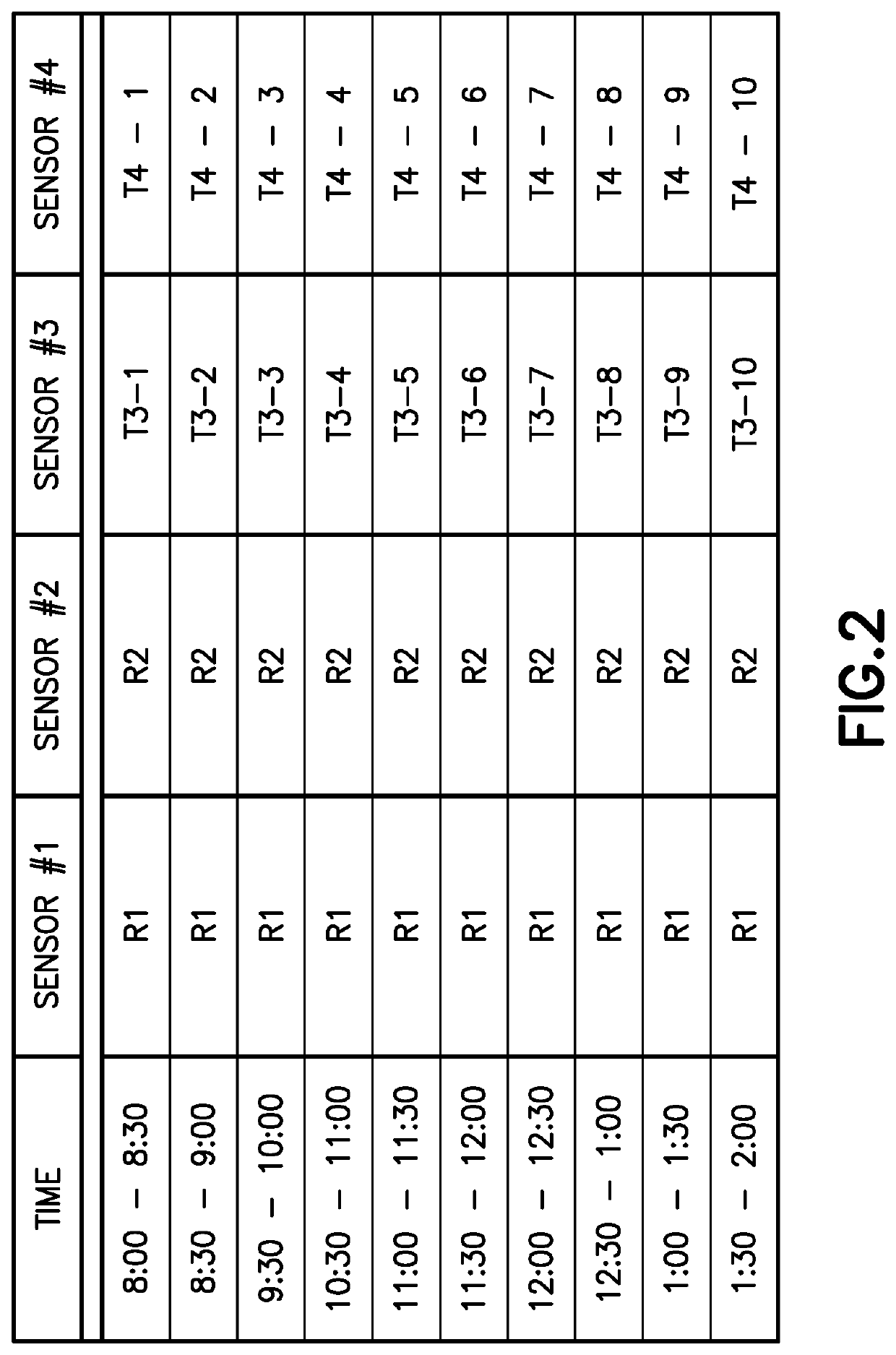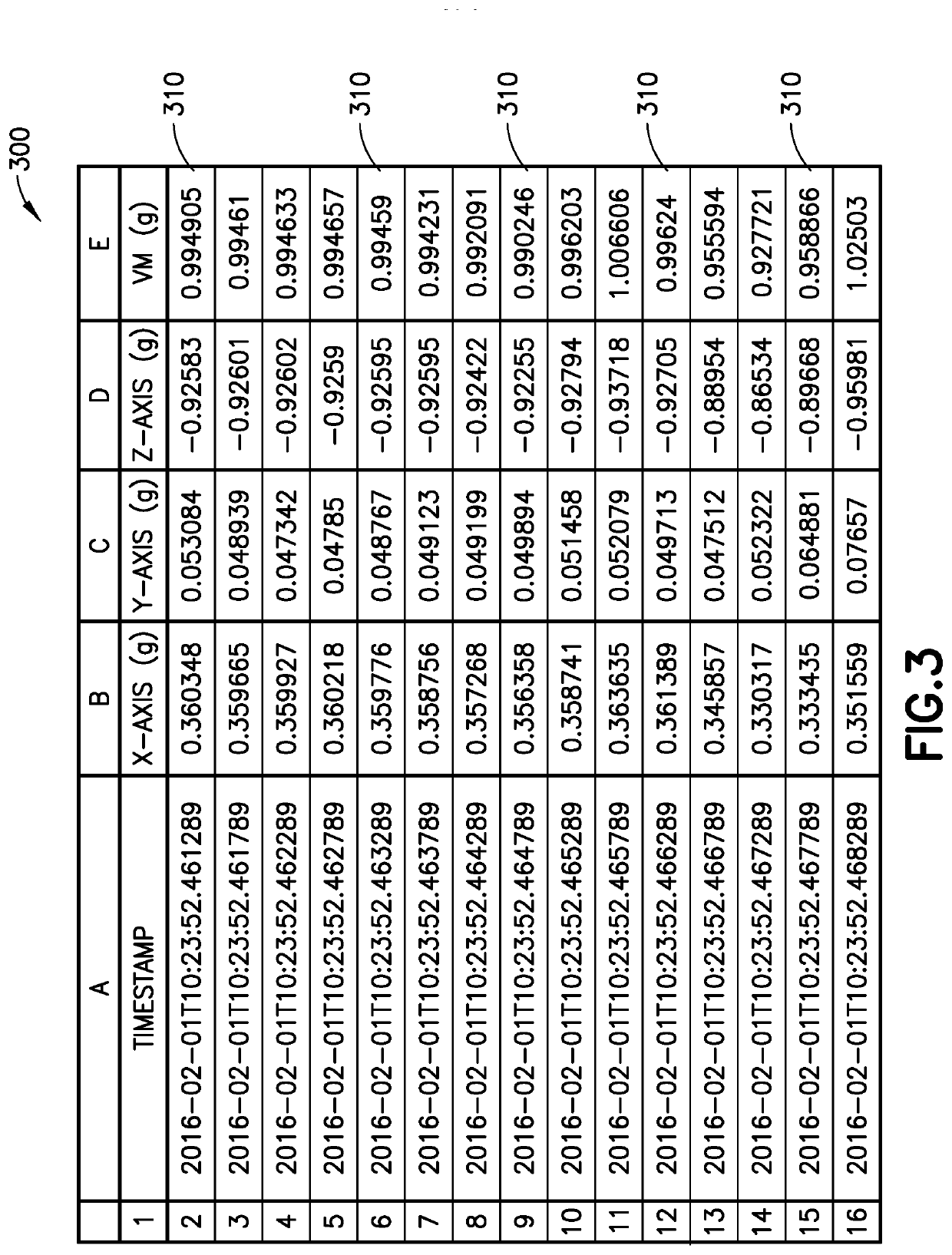System and method for determining the risk of failure of a structure
a technology of structure and risk, applied in the direction of structural/machine measurement, elasticity measurement, instruments, etc., can solve the problems of inability to contextually quantify the extent, inability to accurately measure and inability to contextualize the extent, so as to achieve the effect of quick and accurate measurement of the actual dynamic properties of the structur
- Summary
- Abstract
- Description
- Claims
- Application Information
AI Technical Summary
Benefits of technology
Problems solved by technology
Method used
Image
Examples
Embodiment Construction
[0078]The following describes exemplary embodiments of the present invention. It should be apparent to those skilled in the art that the described embodiments of the present invention are illustrative only and not limiting, having been presented by way of example only. All features disclosed in this description may be replaced by alternative features serving the same or similar purpose, unless expressly stated otherwise. Therefore, numerous and various other embodiments are contemplated by, and fall within the scope and spirit of the present invention.
[0079]The term “structure” is used herein broadly to refer to a physical system. In practical terms a structure is a physical entity (normally a civil engineering structure such as a bridge, building or chimney) around which a system boundary can be drawn (or imagined) that separates the structure from the non-structure (for instance the soil) (i.e., delineates what is the structure from what is not). The techniques used to analyze the...
PUM
 Login to View More
Login to View More Abstract
Description
Claims
Application Information
 Login to View More
Login to View More - R&D
- Intellectual Property
- Life Sciences
- Materials
- Tech Scout
- Unparalleled Data Quality
- Higher Quality Content
- 60% Fewer Hallucinations
Browse by: Latest US Patents, China's latest patents, Technical Efficacy Thesaurus, Application Domain, Technology Topic, Popular Technical Reports.
© 2025 PatSnap. All rights reserved.Legal|Privacy policy|Modern Slavery Act Transparency Statement|Sitemap|About US| Contact US: help@patsnap.com



